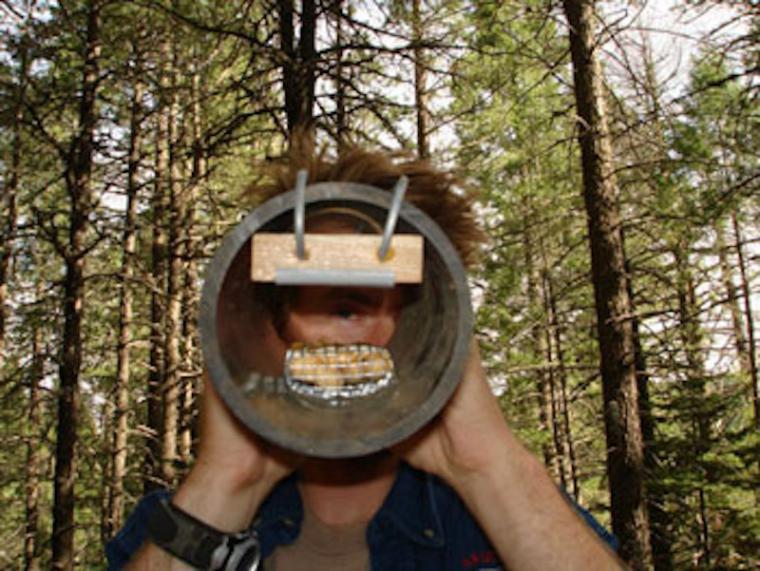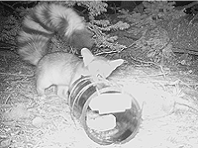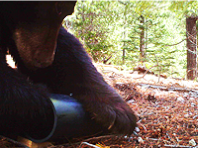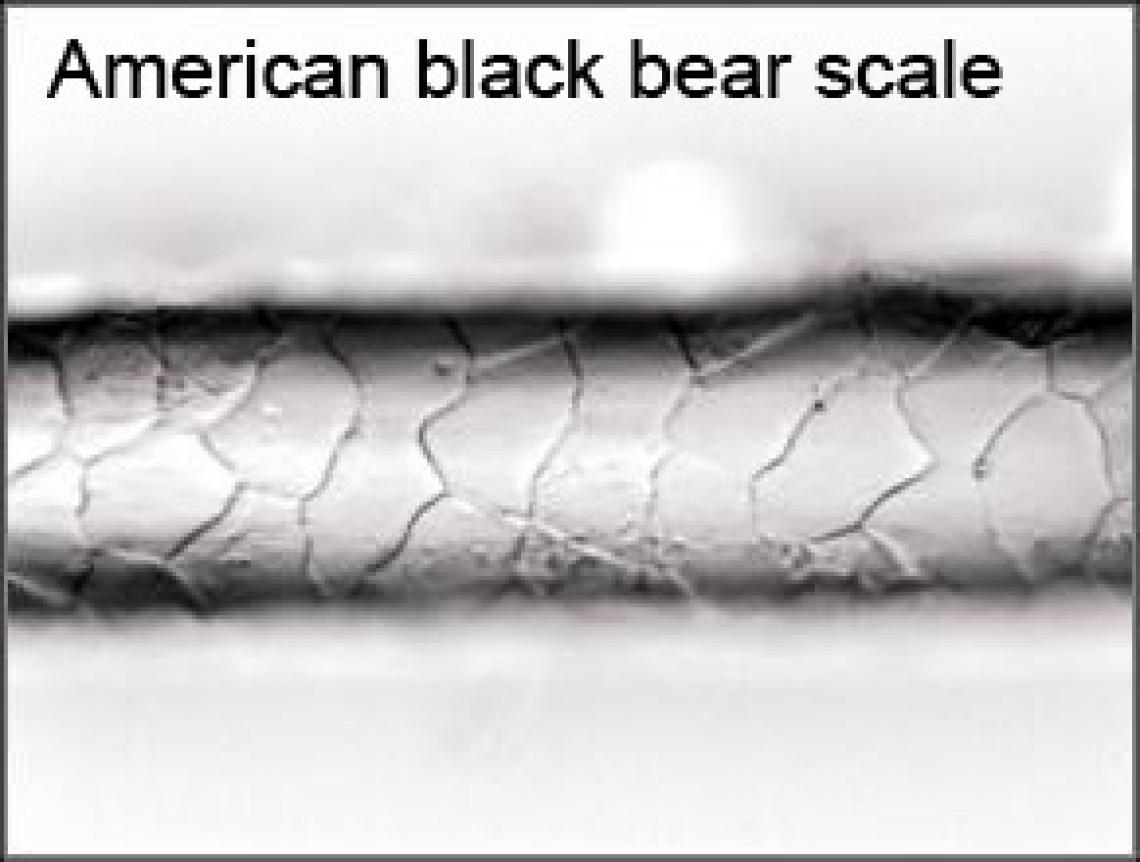Timothy G. Jessen
Past Graduate Student

-
ENR2
1064 E Lowell St
Tucson, AZ 85719
Mammal detection and identification using non-invasive method: hairtube sampling
Major Questions
Oftentimes ecological questions require information about what species occur within an area, where these species occur, and assessments of biodiversity. But species can provide challenges to sampling. Among small mammals, small size, inconspicuousness, and cryptic behavior lend to relative difficulty in sampling these species. Small mammals; however, are suffering increased rates of extinction and due to their intimate relationship with microhabitats, are thought to be significantly impacted by climate change, anthropogenic activity, and other environmental perturbations. Therefore accurate and reliable sampling techniques are paramount.
A relatively novel method, known as hairtube sampling, offers great promise in sampling mammal (i.e. small mammal) species. Hairtube sampling is a non-invasive method for collecting mammal hair. Collected hair, when viewed under a microscope, has distinct features, thus permitting identification of unique species. Qualities of hairtube sampling include its non-invasive nature, extended sampling periods and larger sampling areas, potential to sample multiple species, and cost effectiveness. However, validation of the method is lacking. My research aims to rigorously test hairtube sampling and assess efficacy and utility of the method. My research will also produce a key for identifying mammal hair; providing a resource for future studies : How well do hairtubes detect species when presence is known? -Are hairtubes able to detect multiple species? -What are strengths/limitations of hairtube sampling, and what is best application(s) of the method?
Major Findings
Research still in progress; however, initial findings suggest hairtubes offer high probability of detecting species and ability to sample multiple species. Thus far, we have sampled and positively identified 10 species of mammals; ranging in size from cliff chipmunk (Tamias dorsalis) to black bear (Ursus americanus).






